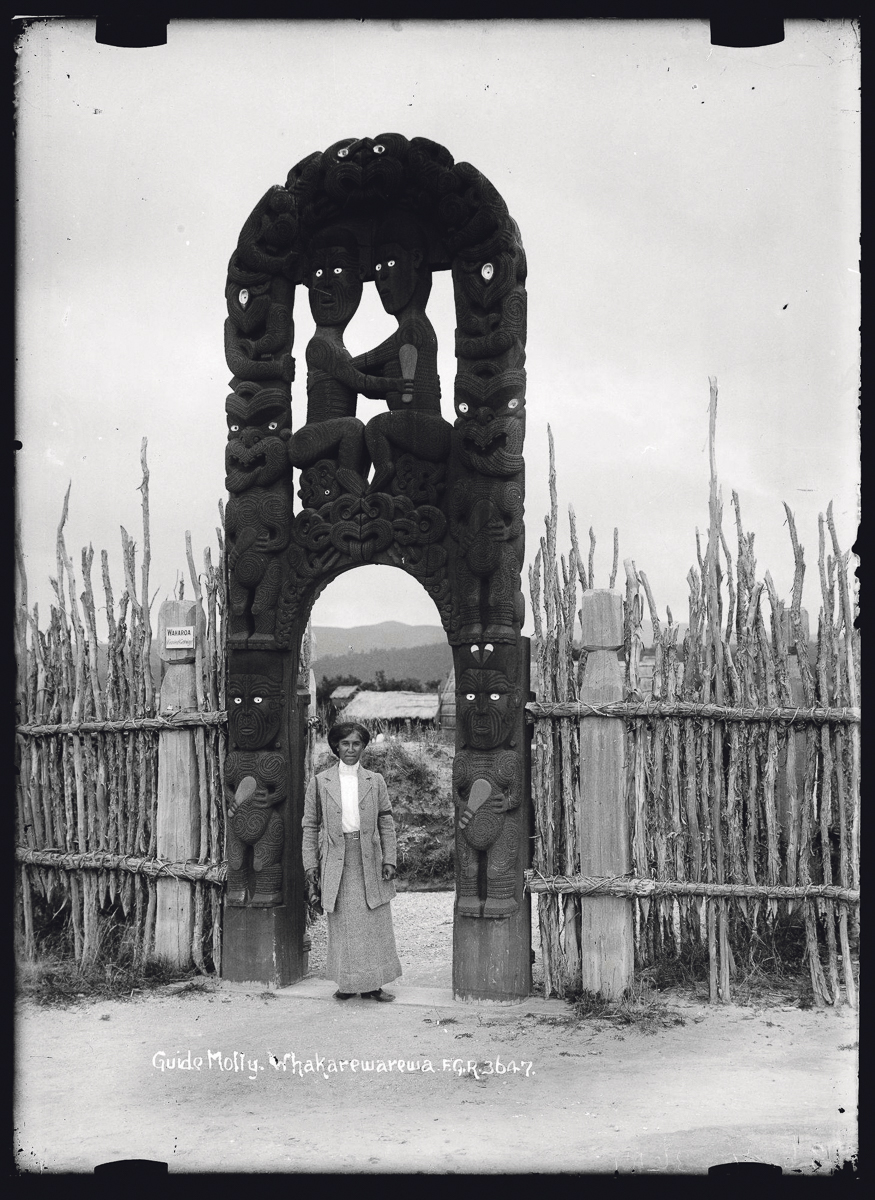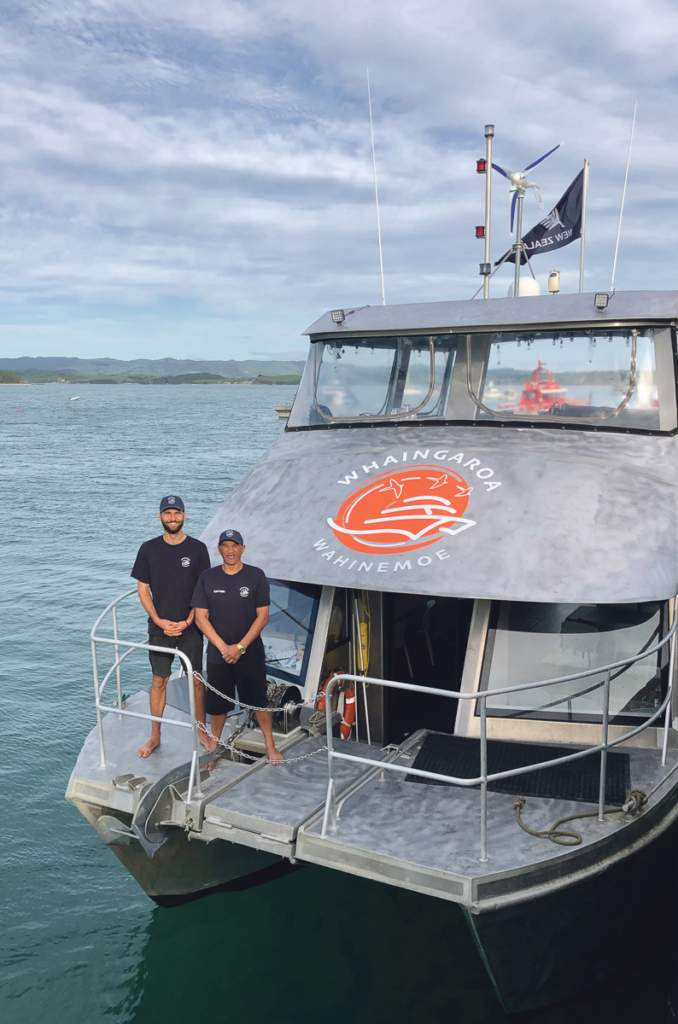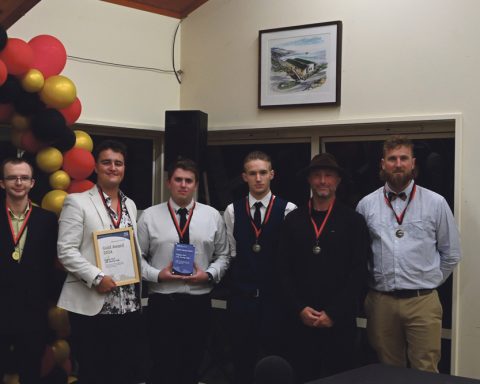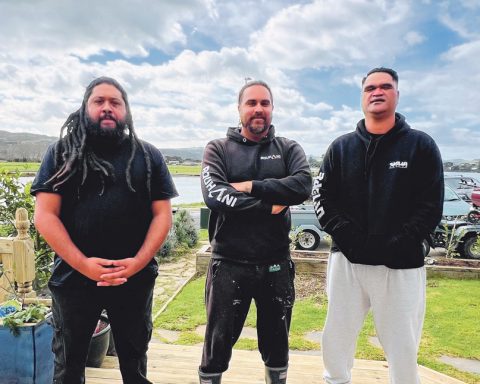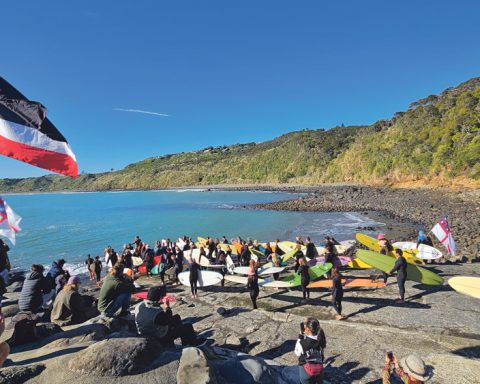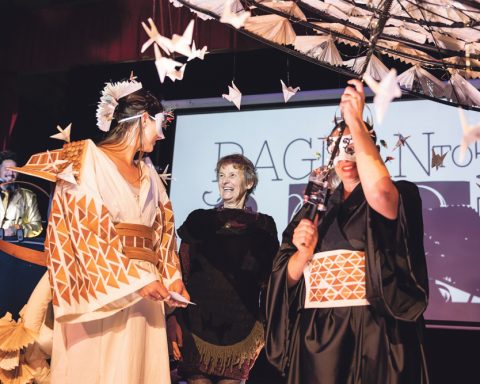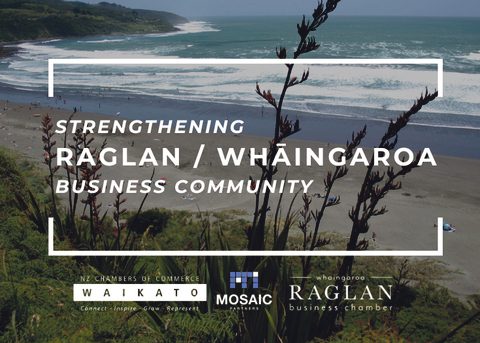It is interesting to read, in Elizabeth Amoore’s book, “The Stories Behind the Headstones”, of one Margaret Leslie Mckenzie. Unlike many buried in Raglan, she spent most of her life elsewhere.
By all accounts, hers was a well-travelled life and one in which she seemed to have dispensed with a couple of husbands, in order to make her own mark on the world of 19th century NZ.
Margaret was the daughter of a Margaret and John McKenzie and the granddaughter of Ruku and James Mckenzie. She was born in Invercargill in 1865. Like many of that generation, she married fairly young (20 years old) to Samuel Asa Moreton and they had four children.
We next hear of Margaret in 1893, when she signed the Women’s Suffrage Petition Roll in Grassmere, Invercargill.
By 1906, Margaret had moved North to Wanganui, where she married one William Henry Angell.
Things became interesting when Margaret stated on her marriage certificate that she was widowed in 1899. Liz’s search of death records uncovered the fact that Samuel actually only died in 1923.
Not to be outdone, William also gave false information, as the age he gave on his marriage certificate was at least 6 years younger than he actually was.
By 1913 it seemed that Margaret and William were no longer seeing eye to eye.
The couple had moved to Rotorua where William was convicted of assault on a female, for which he spent 5 months in prison.
By this time, Margaret had obviously decided it was best to utilise her own resources if she was to survive. She became a guide at Whakarewa in Rotorua and was known as Guide Molly by her friends and colleagues there, as well as by the many local and overseas visitors who flocked to see and hear about these geothermal wonders.
An excerpt from an essay written about the guides of Whakarewa says: “Some of the women who remained at home could supplement their income by guiding, though it was a seasonal activity, and did not provide a steady income. The women were more appealing to tourists, and their natural flair and aptitude for the work reinforced their monopoly. They grasped the opportunity to sustain themselves and their families by doing work they enjoyed.”
Not only was Molly known for her guiding but she was also a founding member, along with Deane Waretini, of the Rotorua Māori Choir. The choir was made famous due to Mr Gil Dech, noted pianist and conductor, who ‘superintended the making of gramophone records of the choir’ c.1929. He was also ‘the man who made the Rotorua Māori Choir famous throughout the world through the medium of those gramophone records’.
Sadly, Molly’s contribution to music was short-lived when she died in Raglan in 1916. Her obituary in the Taihape Times on 29 May stated that: “Molly had been ordered to the seaside for her health, and while she was at Raglan she burst a blood vessel and died while being motored to the Hamilton hospital.
It states that: “Guide Molly gave her services when a Māori choir toured the North Island nearly two years ago in aid of suffering Belgians, and although she worked very hard on that tour she never complained at the sacrifices she made”. It also refers to her work and says: “Molly was a well-educated woman, and was much sought after by globetrotters as a guide to the wonders of Whakarewarewa.”
For a woman of such resilience and talent, and who seems to have overcome many difficulties in her life, this was a sad and untimely end for Margaret.
from Raglan Museum
